Lord Protector
Probably the most important phase in Cromwell’s life was his appointment in 1653 as Lord Protector, the first person who was not a member of the Royal Family to be a head of state in Britain. The government that followed for the next 5 years proved to be the most stable since before the Civil War, providing a stable government, a foreign policy that was respected and feared abroad, and religious toleration on a wider scale than had ever been seen before. It was also the first government in British history to provide a single system of government that united England, Wales, Scotland and Ireland under a single elected British parliament, which operated for the first and only time in British history with a detailed written constitution. This provided for a head of state or ‘Lord Protector’ who was to act with, and to coordinate the work of, both parliament and council, but who was to exercise only very limited powers alone and in his own right. Oliver Cromwell was appointed as Protector for life, and served in that role until his death in September 1658.
After the execution of the King in January 1649, the remaining MPs from the House of Commons had run the country, often known by now as the ‘Rump Parliament’. In April 1653 Cromwell used the army to eject the Rump as he and other senior officers became frustrated by MP’s failure to introduce political, legal and social reforms. Instead many viewed Parliament’s interest to be solely in maintaining its own existence rather than move the country forward.
Rather than impose direct military rule, Cromwell and the army worked to establish a new civilian government, and appointed by the summer of 1653 some 140 men from across the British Isles men who were selected by the army. These men were appointed to a new body known as the Nominated Assembly, ‘Barebones Parliament’ on the basis that they shared the army’s passion for Godly reform, with a mandate to look at producing a more permanent constitutional settlement. The representatives couldn’t agree a settlement though, and many members resigned in December 1653, handing their powers back to Cromwell. Whether he knew this would happen is unknown, but contingency plans seem to have been made with a constitution ‘The Instrument of Government’ drafted behind the scenes, most likely with much of it written by Major General John Lambert. This was put into operation by the 16 December, where a Council of State was appointed to run the country, headed by a Lord Protector as head of state with Cromwell as first incumbent. He was installed as such with a simple ceremony held in Westminster Hall that day. Proclamations announcing the new government were issued over the following days, and copies of the new constitution printed and distributed from the beginning of January.
The constitution set out the various parts of government, building in checks and balances to prevent one arm either going too far without the consent of the other or attacking and undermining the other. Parliament was to be called at least every three years, consisting of a single chamber of 460 elected MPs, representing England, Wales, Scotland and Ireland. More men could vote than before; each parliament had a guaranteed minimum term, during which it could only be dissolved with its own consent, though thereafter it could by implication be dissolved by a higher authority. There was provision for extra parliaments to be called and to meet in the intervals between the regular parliaments if need arose. The constitution made detailed and complex provision for elections to be triggered. Parliament was given extensive powers, to make new laws, and once bills had been approved by the House they would apparently automatically become law, even if the head of state failed to give his assent. However, the head of state had power to veto any parliamentary bill which in his opinion ran contrary to the constitution. Executive power was put in the hands of a Council of State, comprising up to twenty-one members, who could only be removed by death or by conviction for a serious crime. The Council appointed its own members and elected a new head of state on the death of the old.
The constitution set out the powers of the head of state, or ‘Lord Protector’, who was to hold office for life. Oliver Cromwell was named in the constitution as the first Lord Protector. The Protector was the head of state, holding a veto over parliamentary bills and could dissolve parliament once its guaranteed minimum lifespan had expired. He could not govern alone though – usually the Lord Protector could only act if he first sought and obtained the advice and consent of either parliament if in session, or the Council in the intervals between parliament. It also set out the need for a standing army of 30,000 men; a navy; and a basic state church but with liberty of conscience for a most Protestants.
One of Cromwell’s first actions was to restore peace. The First Anglo-Dutch was quickly brought to an end, allowing taxes to be slightly reduced. He stressed the need for peace and order in his opening speech to the first elected parliament of his Protectorate, which met in September 1654. The Council of State had prepared 84 bills for Parliament to debate, but the MPs spent more time debating constitutional issues rather than working with the government. As a result, Cromwell dismissed the Commons once their minimum term had passed in January 1655.
A Royalist uprising in March 1655 – the Penruddock Rising – caused fears of disorder, so Cromwell ordered the country to be divided into 15 military districts, each governed by a military Major General assisted by a civilian commissioner. They were supposed to maintain order, collect taxes and bring peace, but were deeply unpopular. The ‘Rule of the Major Generals’ was repealed after a year, when new proposals for taxation to support their activities was voted down by the newly elected Second Protectorate Parliament in September 1656, for fear of a permanent military state.
Cromwell was contacted in 1655 by a Portuguese Jewish merchant, Menasah Ben Israel, with a view to re-establishing the residency of a Jewish community in England, over 350 years after they had been expelled by King Edward I. Cromwell approved of the idea, both from the economic benefit they might bring and his personal tolerance of the right to private worship and freedom of conscience. He may also have hoped that they would convert to Christianity, fulfilling the terms of scripture and hastening the Second Coming of Christ. He pushed through a measure of toleration, despite resistance from many in the religious establishment, parliament and City of London. Cromwell’s belief in religious toleration was such that there was a greater degree of freedom of worship that at any point up to then in British history, or indeed would be again for over 150 years.
Cromwell’s foreign policy generally re-established Britain as a key power in Europe. He sent a fleet and army in a flawed campaign to the Caribbean to attack Spanish colonies there, known as the ‘Western Design’. This resulted in a disastrous attach on Hispaniola, but then captured and secured Jamaica. Cromwell’s efforts at diplomacy failed to create a league of Protestant powers as he had hoped, but did lead to an alliance with France against Spain in 1657. The Protectorate provided troops from the New Model Army, that fought alongside French troops against the Spanish and English Royalists at the battle of the Dunes in June 1658, in return for which France gave Britain the port of Dunkirk.
In 1657 Parliament revised the constitution, in anew document entitled ‘the Humble Petition and Advice’, now providing for a second chamber in Parliament and offering Cromwell the crown. He agonised for six weeks over the offer, then rejected it saying “I would not seek to set up that which Providence hath destroyed and laid in the dust”. Instead, he was ceremonially re-installed as Lord Protector on 26 June 1657, in a ceremony reminiscent of a coronation, as the Protectorate increasingly took on more of the trappings of monarchy.
In the summer of 1658 Cromwell suffered several bouts of ill health – possibly a form of kidney infection, coupled with a recurrent bout of malaria contracted from the Fens. He also went into a decline after the death of his beloved second daughter Elizabeth, and on top of which he generally seems to have exhausted himself. As a result, he died on 3 September 1658 at Whitehall. He was buried in a quiet ceremony at Westminster Abbey, although a full state funeral was held for him several weeks later.
Cromwell’s body was exhumed in January 1661 as a regicide, after the Restoration of the Monarchy. His corpse, along with those of fellow regicides Henry Ireton and John Bradshaw, was taken to Tyburn in London, hanged, then beheaded. His body was almost certainly buried in the communal pit nearby, near the end of Oxford Street in London. His head was displayed on a spike at Westminster Hall before blowing own in a storm some 20 years later. It passed through various hands, being exhibited in public on several occasions, before being sold to the Wilkinson family who kept it for over a century. In 1960 they gave Cromwell’s head to his old college at Sidney Sussex in Cambridge, where it is now buried in the chapel.
You can find out more about Cromwell's time as Lord Protector in this video featuring our Curator in conversation with historian and Museum Trustee Paul Lay:
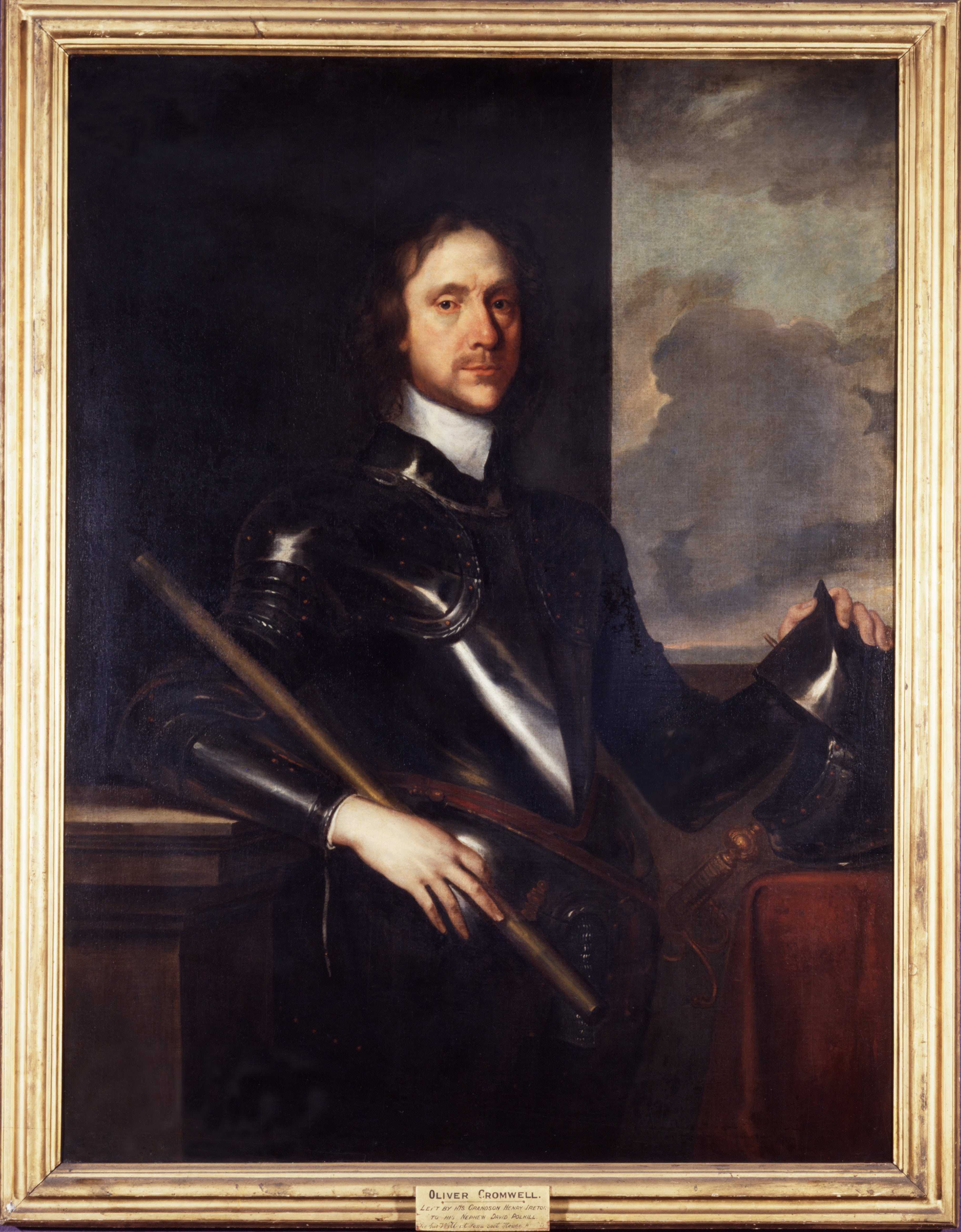
Portrait of Oliver Cromwell by Robert Walker
Engraving showing Cromwell dismissing the Rump Parliament in 1653, from a painting by Benjamin West
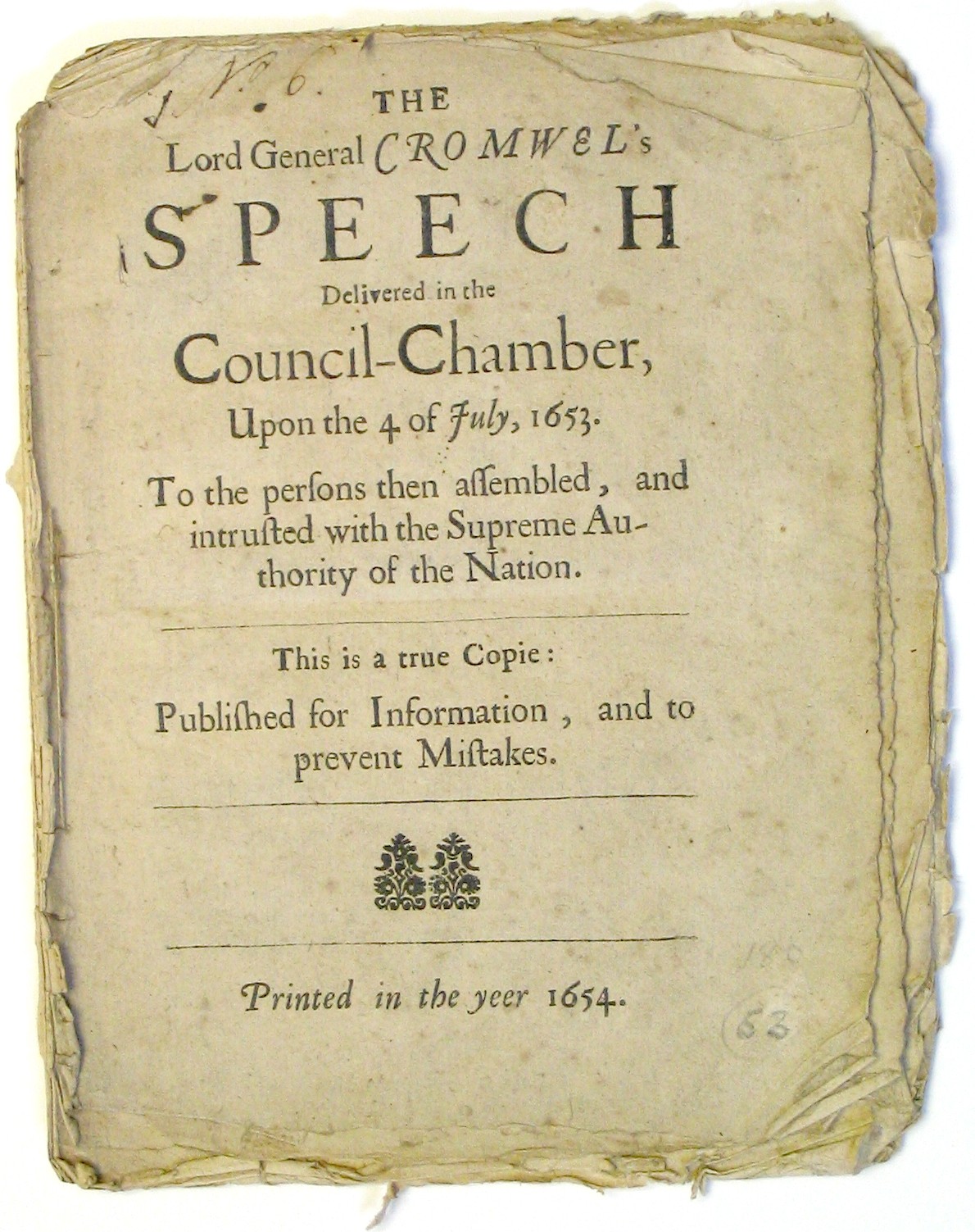
Printed copy of Cromwell’s speech from the opening of the ‘Barebones Parliament’ in July 1653
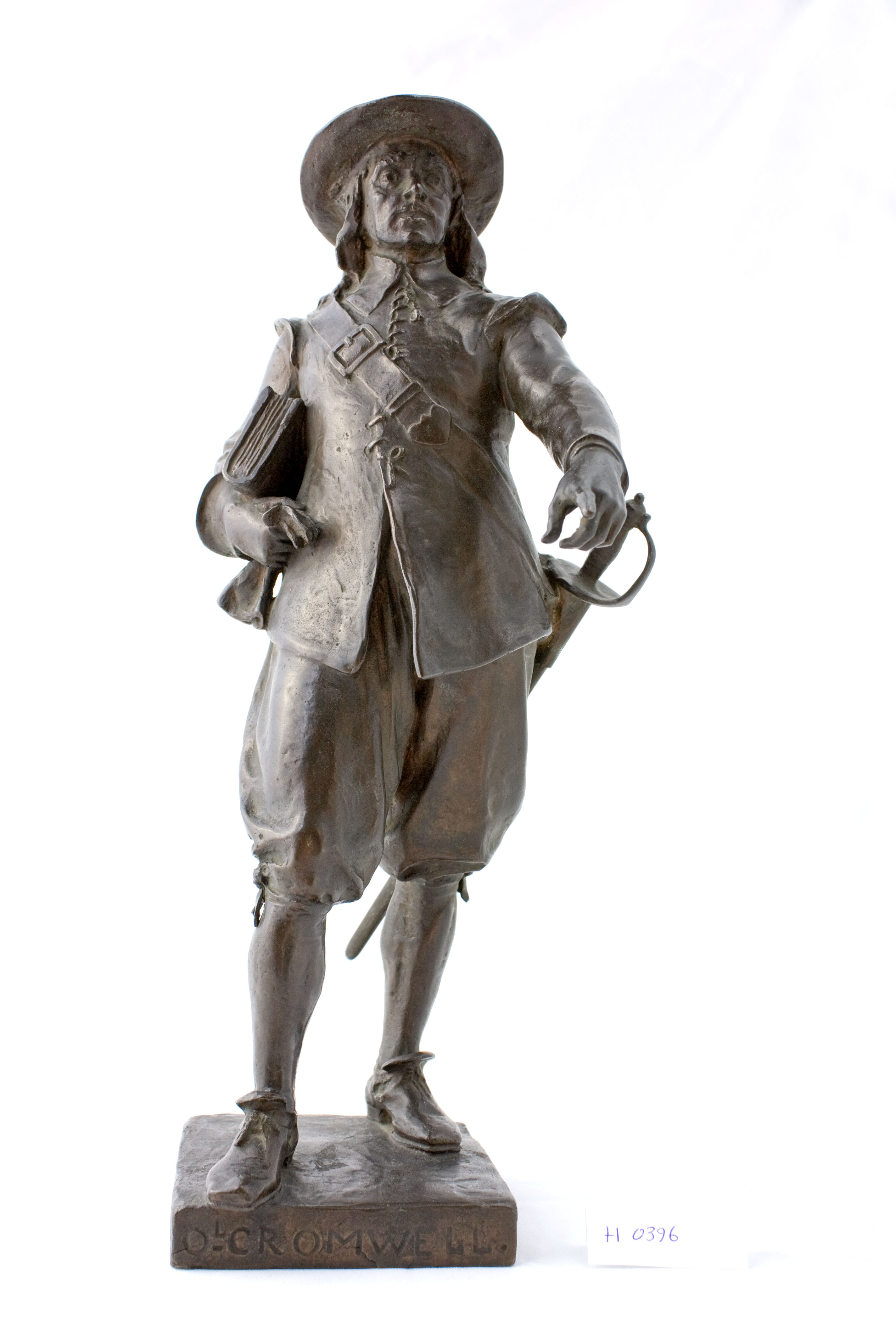
Late Victorian statuette of Cromwell, modelled on the statue of him in St Ives
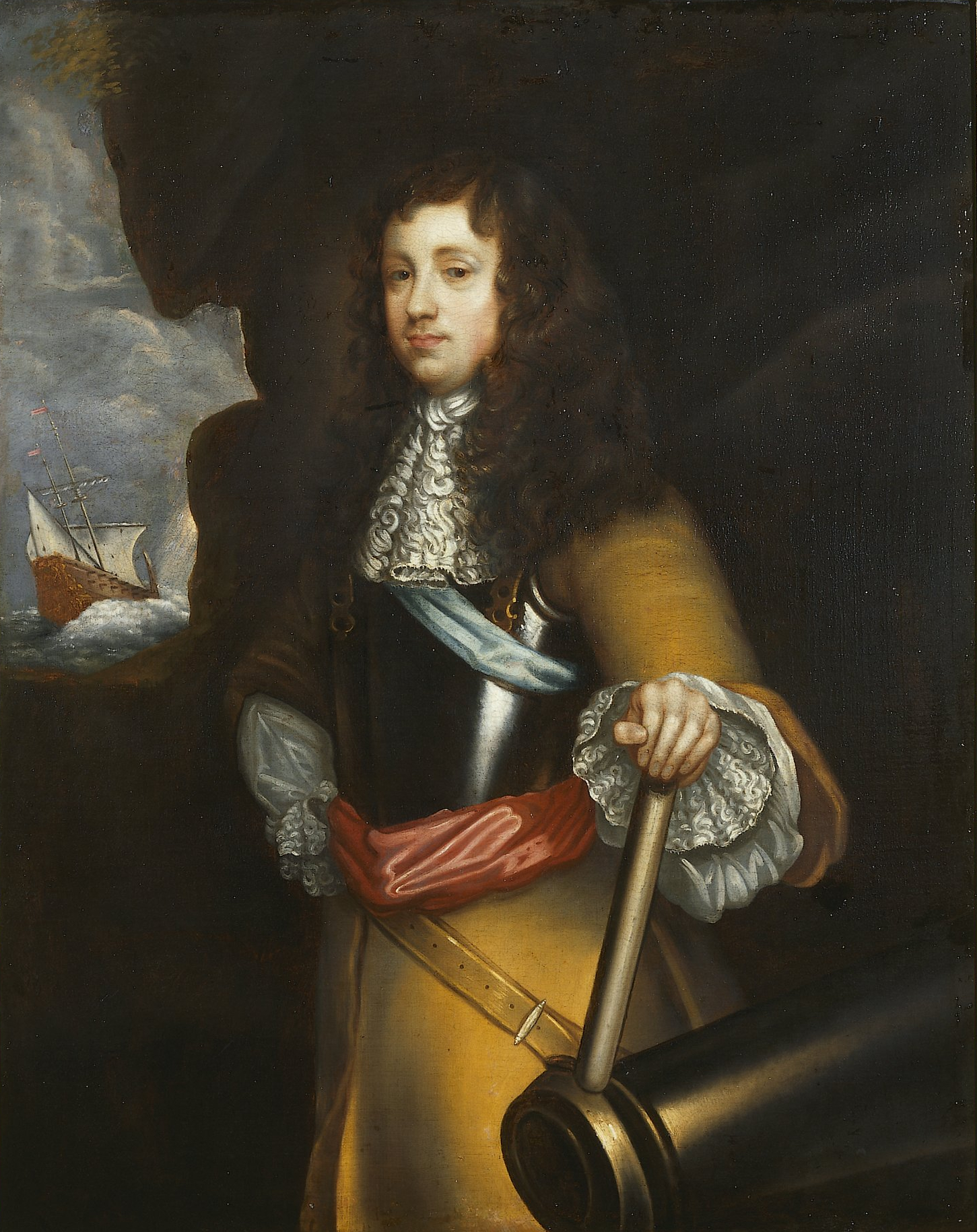
Edward Montagu (1625 – 1672), Cromwell’s friend and admiral
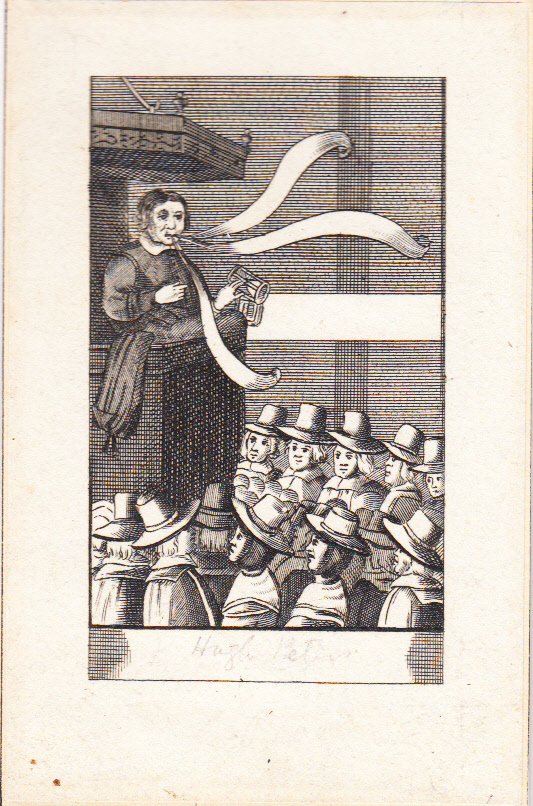
A puritan preacher (thought to be Hugh Peters) preaching
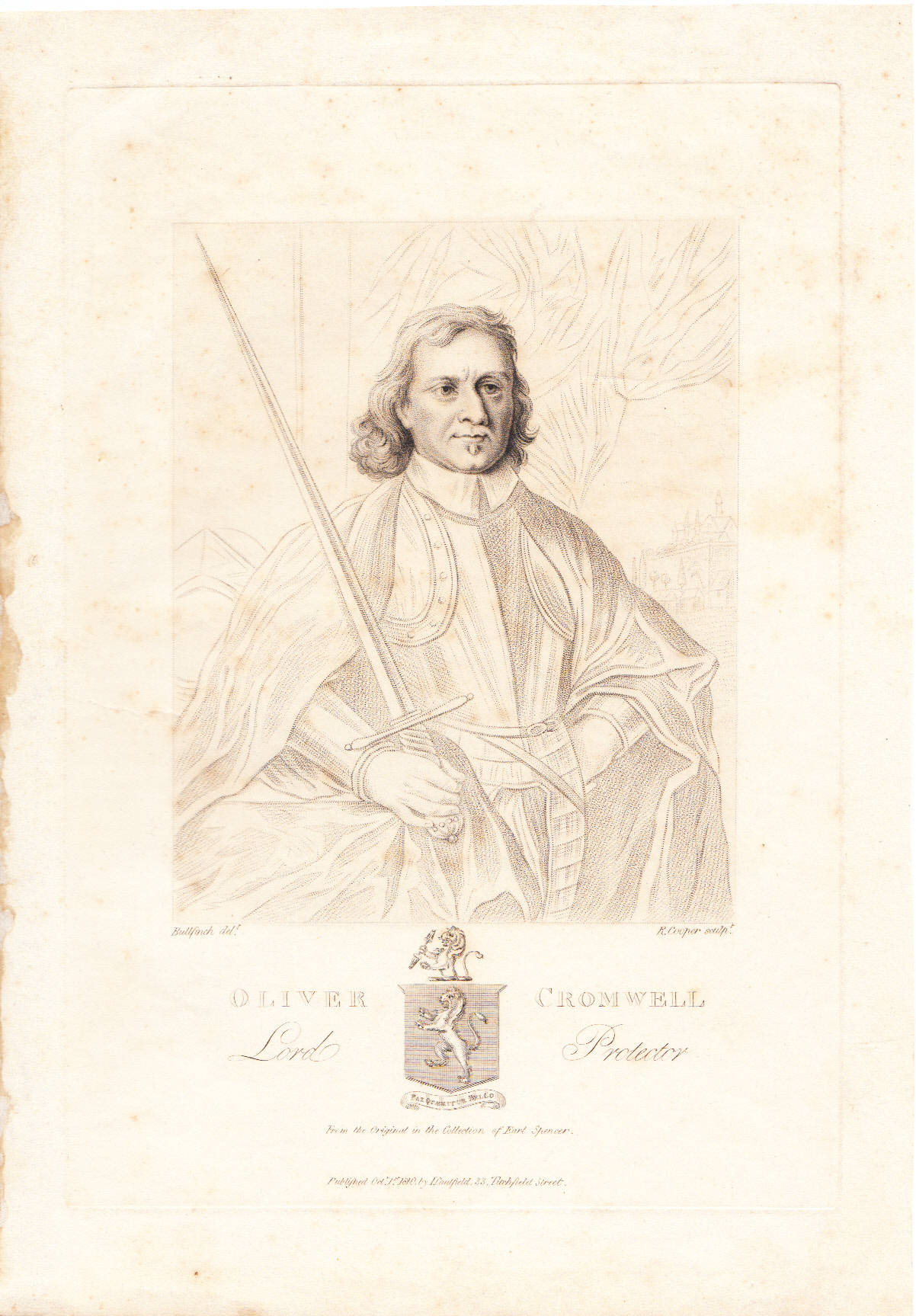
18th century engraving of Cromwell as Lord Protector
The ‘Humble Petition and Advice’, the revised Protectorate constitution, 1657
Engraving of Cromwell’s effigy lying in state, 1658
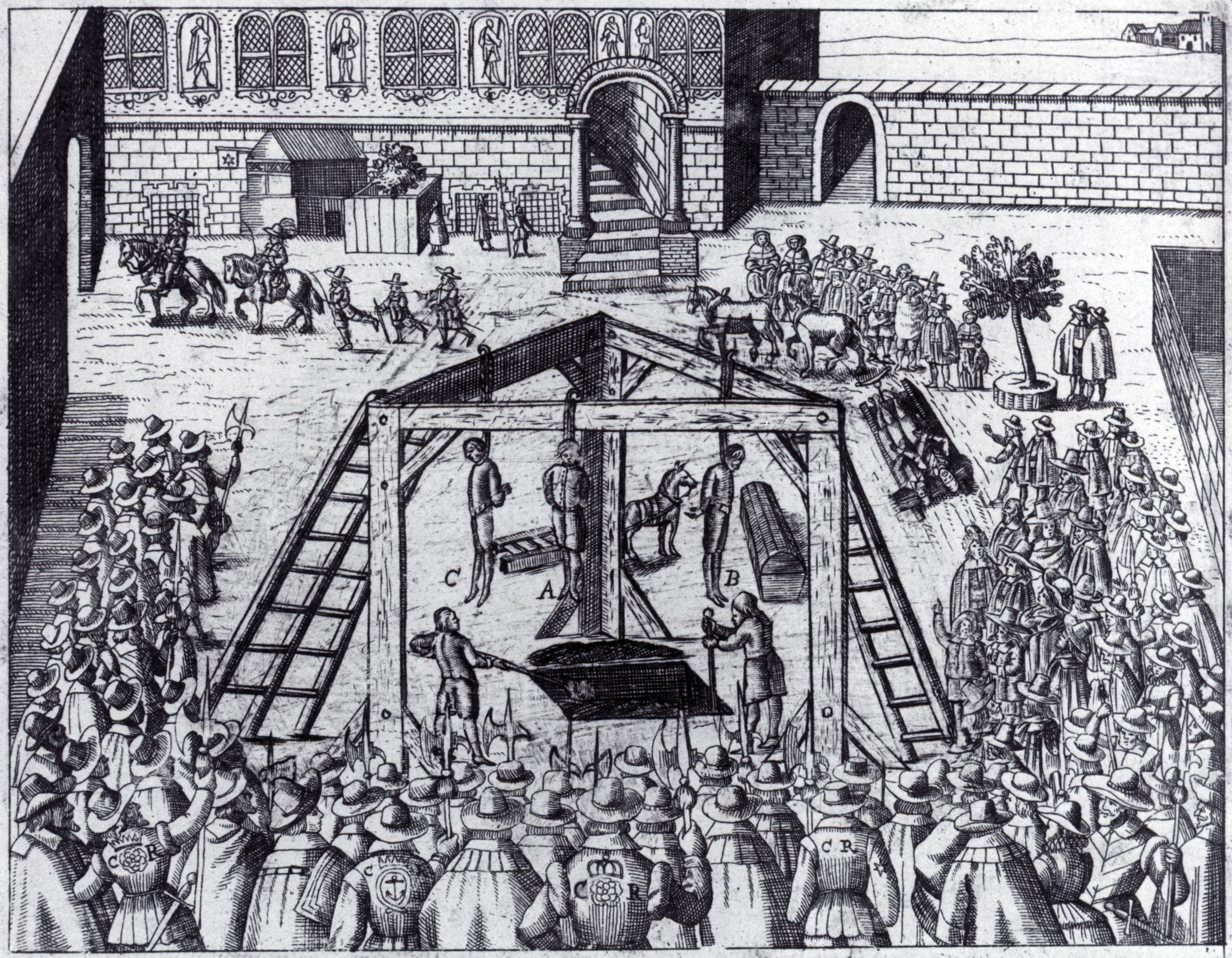
The posthumous executions of the corpses of Cromwell, Bradshaw and Ireton, 1661



